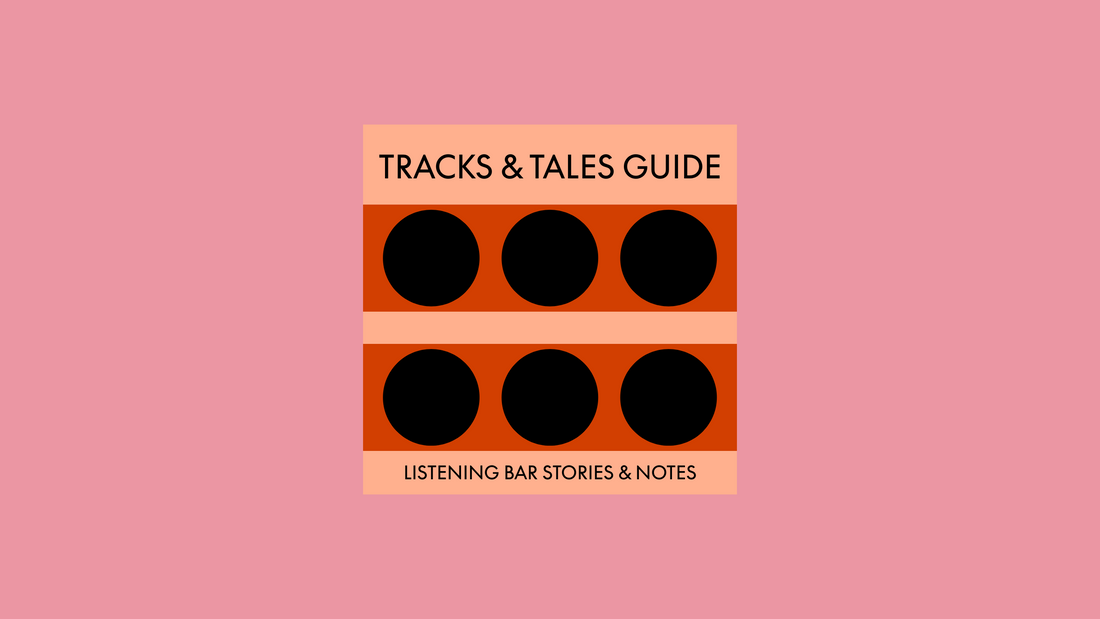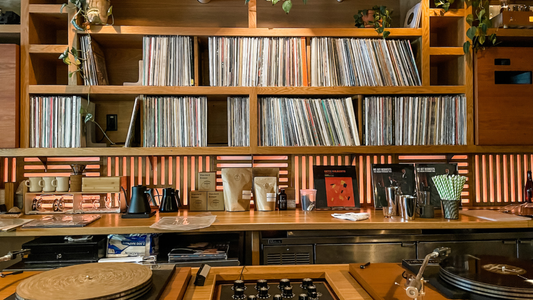
Vinyl Pressings Explained: Original, Reissue, or Remaster?
Why the same album can sound three different ways — and how to choose what belongs on your shelf.
By Rafi Mercer
Imagine this: two copies of the same record, same sleeve, same tracklist — but when the needle drops, the experience is entirely different. The piano has more air, the bass feels warmer, the space around the instruments shifts. To the casual listener, they’re identical. To the ear attuned by a listening bar, they are worlds apart.
This is the quiet puzzle of vinyl. Not every pressing is equal, and the difference between an original, a reissue, and a remaster can decide whether an album blooms on your shelf or sits flat in its grooves.
The three main types of vinyl pressings:
- Original pressing — made at or near the time of the album’s first release, often from the first generation master tapes.
- Reissue — later copies produced when the original run sold out; sometimes faithful, sometimes not.
- Remaster — a fresh transfer from master tapes (or digital files), adjusted with modern techniques to highlight detail or balance.
An original pressing carries weight in both sound and history. In the 1950s and 60s, Blue Note, Prestige, and Impulse! albums pressed in small batches became the lifeblood of Japanese kissaten. Collectors prize them for their immediacy — the sense that the music is almost alive, etched into the groove at the moment of creation. But originals can be fragile, expensive, and inconsistent in condition.
A reissue can be a gift. Many labels reprint classics with care, making once-unobtainable albums accessible again. Japanese reissues from the 1970s and 80s are famous for their fidelity — pressed on heavier vinyl, with meticulous attention to mastering. Others, however, cut corners, using high-generation copies of tapes or mass-market shortcuts that strip the music of depth.
The remaster is both promise and risk. In the best cases, a remaster can bring clarity: surface noise reduced, dynamics restored, hidden textures revealed. In the worst, it can smooth everything into a sterile sheen, robbing the record of the imperfections that give vinyl its warmth. A remaster that respects the original intent is an invitation to hear the familiar anew.
So which belongs on your listening shelf? The answer depends less on rarity than on resonance. If an original pressing falls into your hands in good condition, treasure it — it carries history in its grooves. But don’t underestimate a great reissue or remaster; many can sound extraordinary, and often better than a worn original. The real test is in the room: does the record fill the space, hold your attention, and reward repeated plays?
At heart, the pressing debate reflects the ethos of the listening bar itself: detail matters, fidelity matters, but what matters most is how the record makes you feel when the needle lands.
Quick Questions
What’s the difference between an original and a reissue?
An original comes from the first master tapes at release; a reissue is pressed later, sometimes with different source material or mastering.
Are remasters always better?
Not always. Some bring out hidden detail, others flatten the sound. It depends on the care taken.
Which pressing should I collect?
The one that sounds best to your ear in your room. Fidelity and condition matter more than prestige alone.
Rafi Mercer writes about the spaces where music matters. For more stories from Tracks & Tales, subscribe, or click here to read more.







